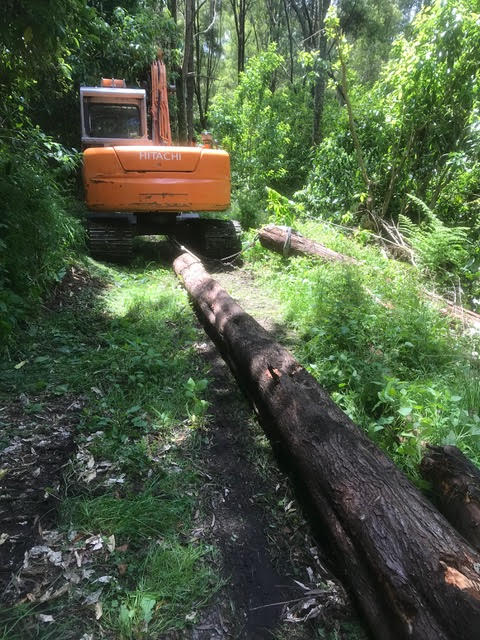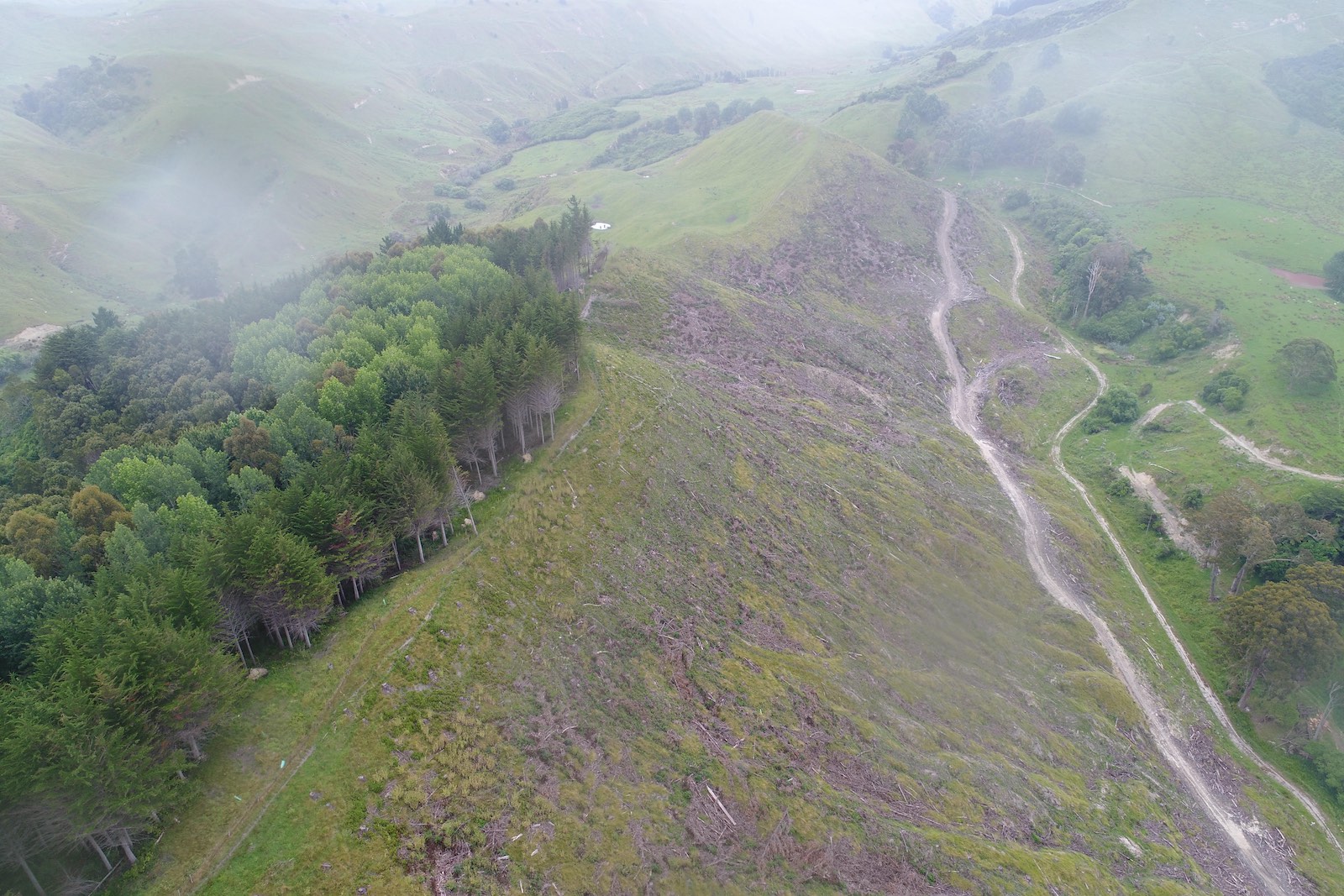By Richard Thompson, Managing Director
There’s a public debate going on about whether permanent forests should be excluded from the Emissions Trading Scheme (ETS). This was recently proposed by the government but put on hold following submissions from permanent forest planters, and Maori who don’t want their rights to use their land being impeded.
Much of the opposition is from those who don’t like pine forests and worry about “productive" pasture being lost to carbon forests that will lock up land, depopulate rural communities, and create liabilities as the forests age. There is a strong push to have the permanent forest category restricted to native forest.
The counter argument is that properly managed carbon forests play a huge role in mitigating climate change. If those forests are managed to transition to native forest it can create a long term biodiversity gain as well as providing employment and economic returns greater than pasture farming.
One important thing being lost in the debate is the role of permanent exotic production forests like Papaiti Forest. Our timber industry needs home grown logs. The pine regime is well supported and pinus radiata is a great structural timber, but it is not ideal for cladding or appearance grade finishes, and is too soft for flooring. It also needs chemical treatment.
So, there is a need to grow alternative timbers for specialist uses. We need a long term sustainable supply of cypress, hardwood such as gum, acacias, elm etc. and poplar - a much underrated wood. We need to stop importing cedar for cladding and European hardwoods from the other side of the world for flooring overlays. We especially need to stop importing tropical decking timbers from countries where the environmental chain of custody is dodgy at best.
There are growers of these species and that includes both of the MacBlack owners but generally these species have a longer rotation than pine and often require more silvicultural care. At Papaiti Forest we are implementing a permanent forest model that involves individual tree or small coupe (clearing) harvesting. This reduces the risk of erosion between rotations if you were clear felling. The difference can be seen in the picture above. Our forest is on the left and a neighbour’s clear-fell operation is on the right.
That sounds great I hear you say. But it is more expensive, mainly because of the additional labour involved in extracting those few logs. Being able to register into the ETS and gain carbon credits helps pay for being environmentally friendly.
This is what it looks like on the ground - our digger pretending it is a skidder.

And the forest eco-system after logging? After a year you can barely see where we were working - more on that in a future blog. In the meantime, let’s hope the government is open to supporting our fine timber industry and leaves permanent production exotic forests in the ETS.


